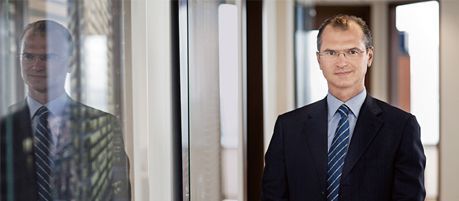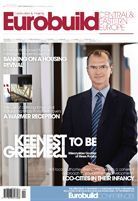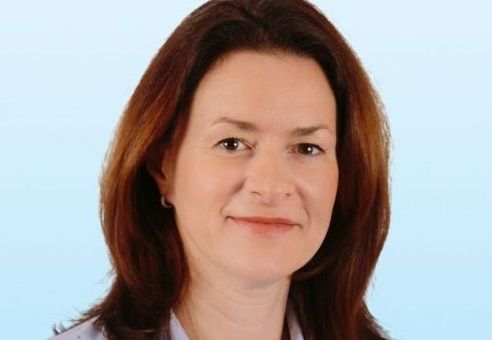There is clearly no lack of avowed enthusiasm for green projects among developers: “The green development concept reflects our company’s philosophy. It leads our corporate thinking from the start of the planning phase, so that environmentally friendly solutions are implemented throughout a project’s development as they are later in its management,” says Dániel Pazsitzky, the communications project manager at TriGranit Management Corporation. Others too emphasise the necessity for a comprehensive ecological approach beginning at the very start of a project: “For Echo Investment sustainable development policy is a process which starts at the design stage of a given project. This is mainly connected with the high standard and quality of the solutions applied. While designing a building we care not only for ecology, but also take into consideration the comfort of its future users. We look at the process on a long-term basis so as to make the building se































































